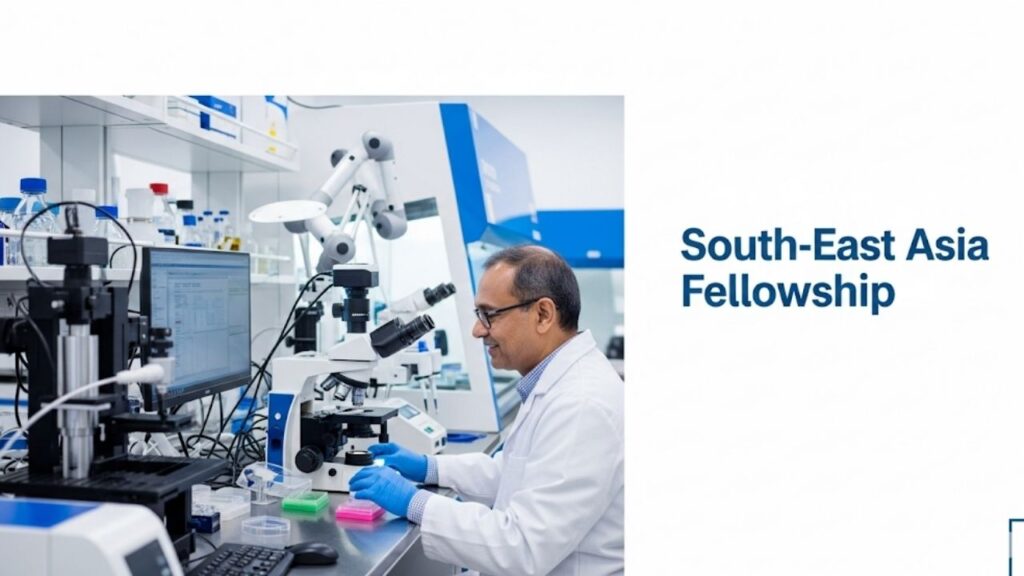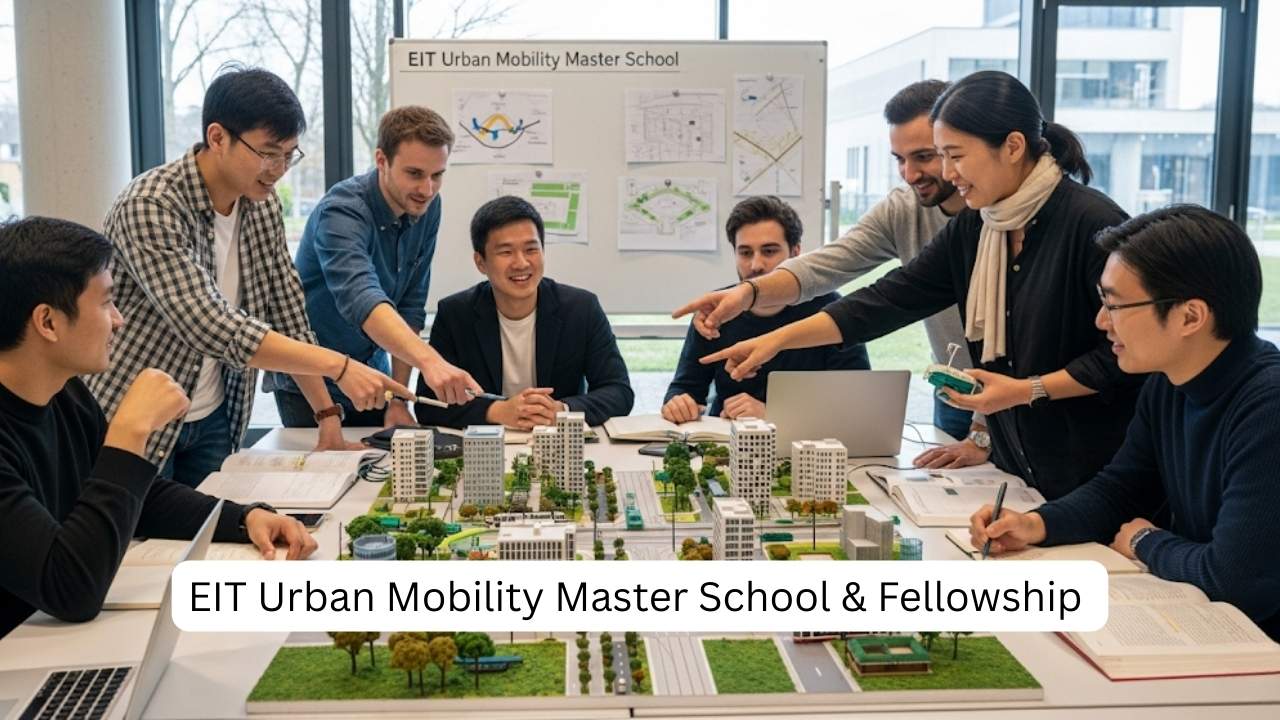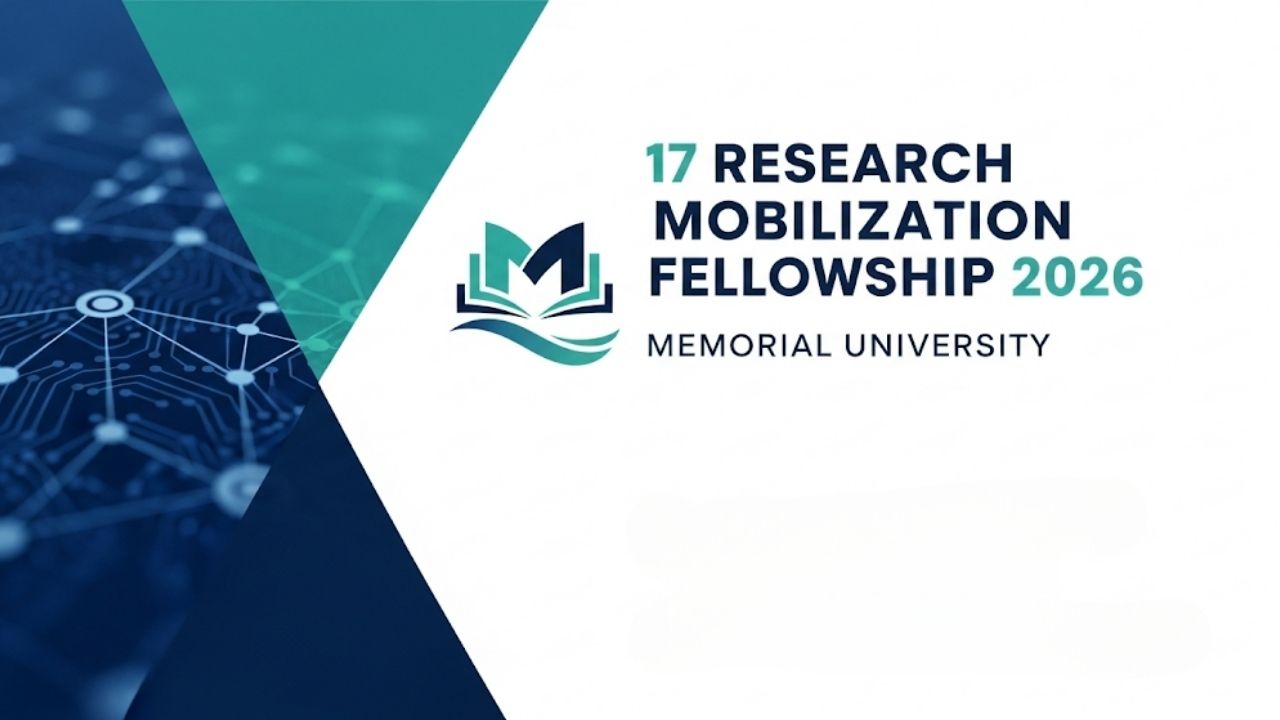Are you a bright, driven postdoctoral researcher in Southeast Asia dreaming of a world-class research opportunity? The South-East Asia Fellowship (SASEAF) 2025, administered by the prestigious Singapore National Academy of Science (SNAS), offers an unparalleled pathway to elevate your career and contribute to impactful research. This comprehensive guide will walk you through every step of the SASEAF application process, providing actionable insights to boost your chances of success. I’ve seen many aspiring researchers transform their careers through such programs, and with the right approach, you can too.

SASEAF 2025 at a Glance
| Key Fact | Detail/Statistic |
| Program Administrator | Singapore National Academy of Science (SNAS), Academy of Medicine Singapore (AMS), Academy of Engineering Singapore (SAEng) Singapore National Academy of Science |
| Fellowship Duration | 2 years Funds for Individuals |
| Monthly Stipend | S4,000–S6,500 |
| Travel Grant | S$4,000 (for overseas travel at start & end) |
| Application Deadline | August 1, 2025 |
The South-East Asia Fellowship (SASEAF) 2025 at the Singapore National Academy of Science represents a truly exceptional opportunity for postdoctoral researchers in the ASEAN region. It’s a chance to immerse yourself in a world-leading research environment, collaborate with top minds, and make a tangible impact on critical global challenges. The journey may seem daunting, but with meticulous preparation, a compelling research vision, and a strong network, you are well-equipped to succeed. Start preparing your application now, reach out to potential host professors, and take that pivotal step towards a transformative research experience. The future of scientific discovery in Southeast Asia awaits your contribution!
Why the SASEAF 2025 Fellowship is a Game-Changer for Your Career
The SASEAF 2025 fellowship is more than just funding; it’s an investment in your future as a scientific leader. This fully funded postdoctoral program aims to foster meaningful collaborations between promising researchers from ASEAN countries and Singapore’s world-class research institutions. You’ll gain access to cutting-edge facilities, work alongside renowned experts, and contribute to research with significant regional impact. This is precisely the kind of opportunity that distinguishes a good researcher from an exceptional one.
The program’s focus on building lasting connections and partnerships within the Southeast Asian scientific community is particularly valuable. It provides a unique platform for professional development, offering access to exclusive events, seminars, and training programs that will significantly enhance your skillset and expand your network.
Preferred Research Areas: Aligning Your Vision
While the SASEAF program welcomes proposals across all scientific disciplines, there are certain preferred research areas that align with Singapore’s strategic research priorities and regional challenges. These include:
- Infectious Diseases: This area is particularly emphasized, with opportunities to potentially engage with Singapore’s National Programme for Research in Epidemic Preparedness And REsponse (PREPARE) [ScholarDigger]. This is especially relevant given recent global health challenges.
- Population Health/Public Health: Research contributing to the well-being and health outcomes of communities in the region.
- Sustainability, including Urban Agriculture: Addressing critical environmental challenges and promoting sustainable practices, which is vital for the future of Southeast Asia.

Eligibility: Are You Ready for This Opportunity?
Before you embark on the application journey for the South-East Asia Fellowship (SASEAF) 2025, it’s crucial to understand the eligibility criteria. Meeting these requirements is the first, non-negotiable step towards securing this prestigious fellowship.
- Citizenship: You must be a citizen of an ASEAN country (excluding Singaporean citizens or Permanent Residents) [Singapore National Academy of Science]. This fellowship is designed to bring external talent into Singapore’s research ecosystem.
- Academic Qualification: A PhD degree from a reputable institution is a must. This signifies your foundational expertise and readiness for advanced research.
- Current Employment/Offer: You must currently be working, or have a confirmed job offer, in a public-sector research entity in your home country [Funds for Individuals]. This criterion emphasizes the program’s aim to foster a “return and contribute” model, ensuring the knowledge gained benefits your home institution and country.
- Age Limit: You should not be more than 40 years old at the time of application (as of August 1, 2025) [Scholarships Ads]. This fellowship targets early to mid-career postdoctoral researchers.
- Language Proficiency: Fluency in both written and spoken English is essential. Research in Singapore’s institutions is conducted in English, and strong communication skills are vital for collaboration and dissemination of your work.
The Application Process: Navigating Your Path to Success
The application for the SASEAF 2025 is a structured process designed to identify the most promising candidates. Think of it as crafting a compelling narrative of your research journey and future aspirations.
Step-by-Step Application Guide
- Review Eligibility: Re-read the eligibility criteria carefully. Do you meet every single one? If there’s any doubt, clarify it with the SNAS administrator.
- Identify a Host Professor/Principal Investigator (PI) in Singapore: This is perhaps the most crucial step. You need to identify a professor or PI at a Singaporean university or research institution (like NUS, NTU, A*STAR, SUTD) whose research aligns with yours. Reach out to them with a clear, concise email expressing your interest in the SASEAF fellowship, highlighting your research background, and proposing potential collaboration.
- Pro-Tip: Don’t send generic emails. Tailor each email to the specific professor’s work, demonstrating that you’ve done your homework. This shows genuine interest and professionalism.
- Jointly Develop a Research Proposal: Once a potential host PI expresses interest, you’ll work together to develop a concise research proposal, typically no longer than two pages [Singapore National Academy of Science]. This proposal should outline your research question, methodology, expected outcomes, and how it aligns with the host institution’s work and the SASEAF objectives.
- Obtain In-Principle Approval from Host PI: Secure an official in-principle approval email from your host professor/PI from their official email ID. This is a mandatory document for your application [Singapore National Academy of Science].
- Gather Required Documents: Prepare the following documents, ensuring they are certified where required:
- Completed SASEAF Application Form
- Your Research Proposal (max 2 pages)
- Host PI’s in-principle approval email
- Certified copies of your diplomas and academic transcripts
- Two recommendation letters from referees (preferably independent, such as previous supervisors or collaborators) [Funds for Individuals]. These letters should be submitted directly by your referees through the official portal.
- Combine and Submit: Combine your application form and all required documents (excluding reference letters, which are submitted separately by referees) into a single PDF file, named “Applicant Name – SASEA Fellowship” [Singapore National Academy of Science]. Submit this PDF file via the online portal.
- Referee Submissions: Ensure your referees are aware of the deadline and the separate submission process for their recommendation letters. They will need to download a template, complete it, convert it to PDF, and submit it directly through the online portal, naming the file “Applicant Name – Reference Letter” [Singapore National Academy of Science].
Judging Criteria: What Makes a Successful SASEAF Candidate?
The selection committee for the SASEAF 2025 assesses applications based on a comprehensive set of criteria, each carrying a specific weight. Understanding these will help you tailor your application to highlight your strengths.
- Academic Qualifications & Performance (15%): Your academic track record, including your PhD performance, publications, and any awards or recognitions.
- Work Experience in Public Research Institutions (15%): The relevance and impact of your previous work in public-sector research, demonstrating your commitment to this field.
- Relevance of Proposed Research in the Region (15%): How your research addresses critical issues or opportunities in Southeast Asia, aligning with the program’s regional focus.
- Quality of Proposal (20%): This is the highest weighted criterion. A clear, well-structured, innovative, and feasible research proposal is key. It should demonstrate your intellectual prowess and the potential for significant outcomes.
- Direct Benefit of Proposed Research to Singapore & Home Country (15%): How your research will contribute to both Singapore’s scientific landscape and bring tangible benefits back to your home institution and country.
- Influence in Home Organisation (10%): Your potential to lead and influence research within your home institution upon your return.
- Likelihood of Continuing Science Research in Home Country after Fellowship (10%): A strong commitment to continuing your research career in your home country is highly valued, reinforcing the program’s long-term impact objectives.

A Comprehensive Guide to British Academy Mid-Career Fellowships 2025
European Research Council Fellowships 2026 with €10 Million in Funding
2026 Fellowships at King Abdullah University of Science and Technology
FAQ
Q1: Can I apply for the SASEAF 2025 if I am a Singaporean citizen or Permanent Resident?
A: No, the SASEAF fellowship is specifically designed for citizens of ASEAN countries, excluding Singaporean citizens or Permanent Residents [Singapore National Academy of Science].
Q2: Is there a specific format for the research proposal?
A: Yes, the research proposal should be no longer than two pages. While a specific template isn’t always provided, aim for clarity, conciseness, and a strong articulation of your research question, methodology, and expected outcomes [Funds for Individuals].
Q3: What kind of research institutions can host SASEAF fellows?
A: SASEAF fellows can be hosted by various Singaporean research institutions, including universities like the National University of Singapore (NUS), Nanyang Technological University (NTU), Singapore University of Technology and Design (SUTD), and research institutes like A*STAR [ScholarDigger].
Q4: What happens after the application deadline?
A: After the August 1, 2025 deadline, applications undergo an evaluation and deliberation phase (August-September 2025). Successful candidates are then typically notified with offers in October 2025, with a projected fellowship start date in March 2026 [ScholarDigger].
Q5: Are there any opportunities for short-term fellowships under SASEAF?
A: Yes, for candidates working on infectious diseases, there may be a short SASEAF program option of 6 months for dry-lab based projects, aimed at maintaining strong links with their home institutions [Singapore National Academy of Science].










